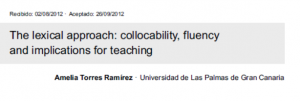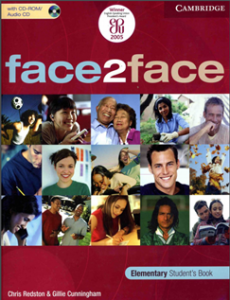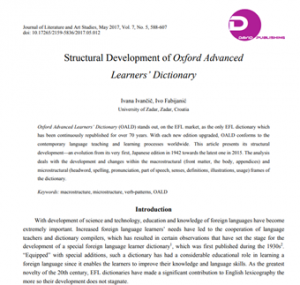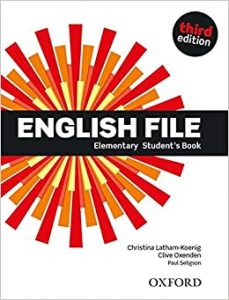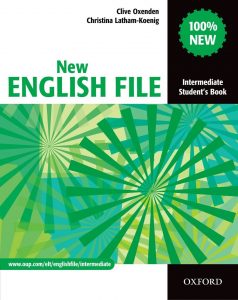PDF #137 – Raymond Murphy – English Grammar in Use 2019 5th Ed

A self-study reference and practice book for intermediate learners of English
(with answers) – 5 Edition.
About English Grammar in Use
Raymond Murphy’s classic reference and practice book for learners of English at intermediate (B1-B2) level. Perfect for self-study, but also ideal for supplementary grammar activities in the classroom. Used by millions of language learners and teachers around the world.
Arranged in a tried-and-trusted. Easy to use format, with explanations of grammar points on each left-hand page. And exercises to check understanding on the right.
The world’s best-selling grammar series for learners of English. English Grammar in Use Fifth edition is an updated version of the world’s best-selling grammar title.
It has a fresh, appealing new design and clear layout, with revised, and updated examples. It retains all the key features of clarity, and accessibility, that have made the book so popular around the world.
This edition includes an eBook which has the same grammar explanations, and exercises found in the printed book, plus other great features. You can listen to all of the example sentences from the book, and record your answers.
You can also record the exercises, highlight the texts, bookmark pages, and add your own personal notes.
On Learning
Learning a language of course requires a focus on many different skills, but research revealed that students tend to measure their progress through their confidence and ability to speak spontaneously in the ‘real world’. That can sometimes be the simplest of exchanges, from helping a tourist with directions on the street to greeting a colleague from overseas. However, speaking spontaneously in English can be very daunting for learners who often find they lack the confidence they need to take risks with the language.
After reading “English Grammar in Use”, you can check important issues for ESL teachers on the section PDFs. And visit my channel by YouTube.


